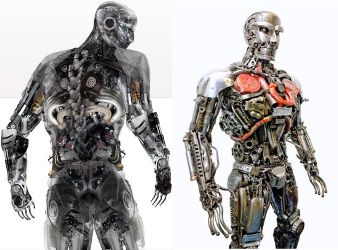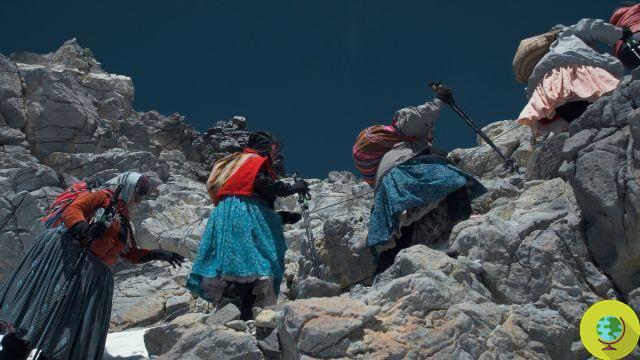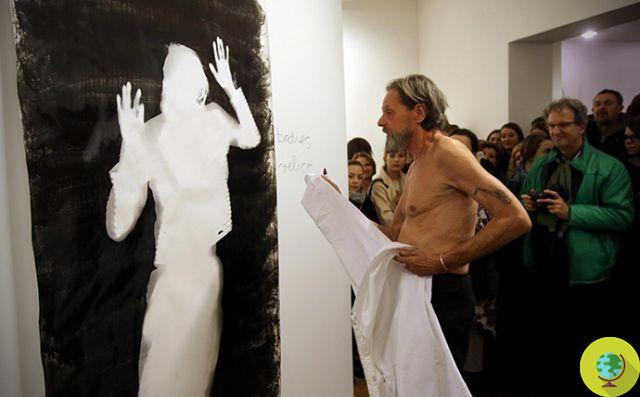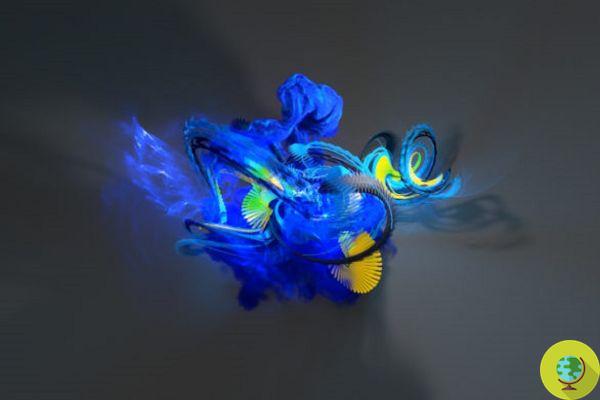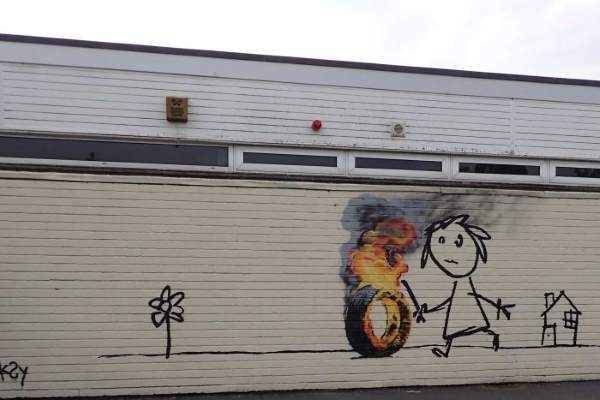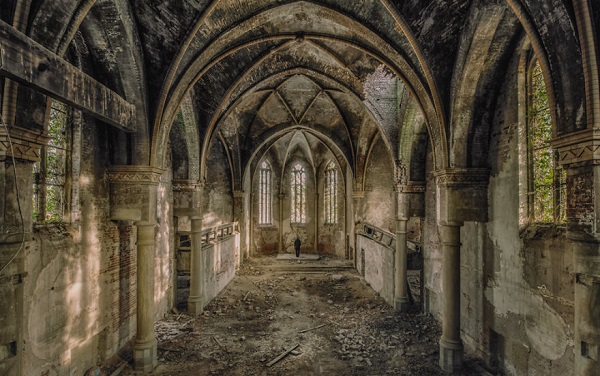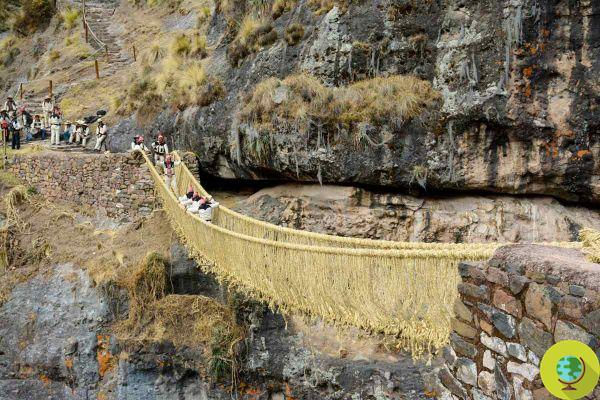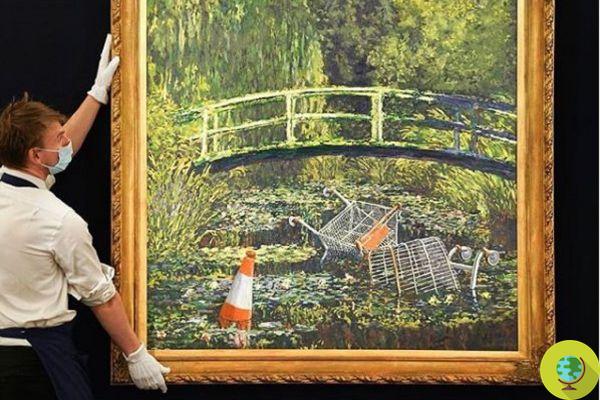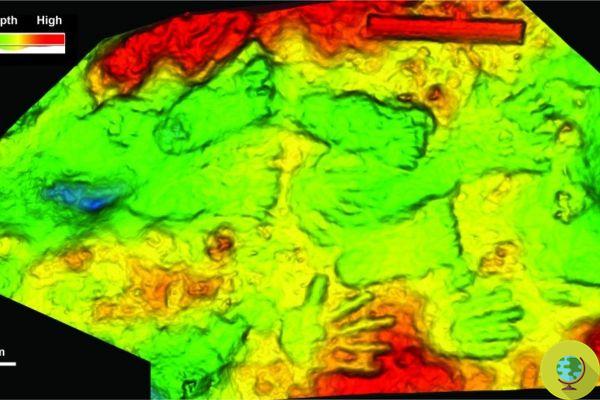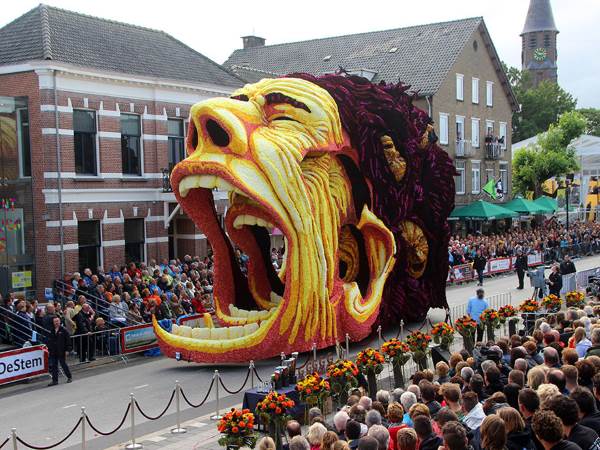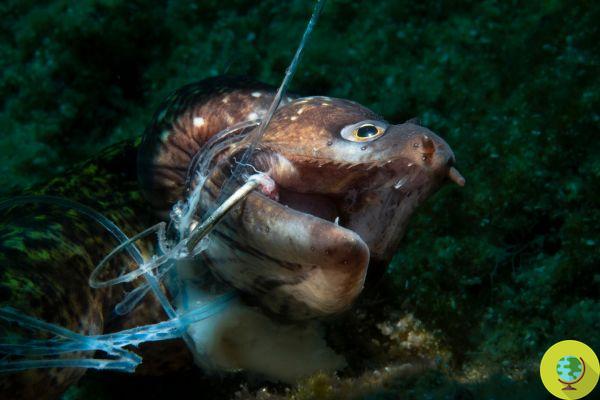The experimentation of a software able to identify undiscovered shipwrecks begins, starting from images and surveys made on the seabed. The new frontier of underwater archeology.
He is about to end up run over, his mother saves himThe experimentation of a software able to identify undiscovered shipwrecks begins, starting from images and surveys made on the seabed. The new frontier of underwater archeology.
In collaboration with the Submerged Archeology branch of the US Navy, a scientist from the University of Austin (Texas) has developed an artificial intelligence system capable of 'plumbing' the seabed and identifying the remains of ships or planes sunk in the ocean depths. The software created at the university is 92% accurate in identifying known underwater wrecks. The project focused on the coasts of the United States and Puerto Rico. It is now ready to be used to discover wrecks in places not yet explored and mapped by explorers.
The first step was to teach the computer what to look for, which is how a shipwreck is made. It is also important to 'explain' the difference between wrecks and the peculiarities that the seabed naturally presents. To do this, the researcher entered into the computer database many examples of wrecks, as well as photos and content relating to the natural appearance of the ocean floor.
(Read also: Archaeological treasure found: it is an ancient Roman wreck in the waters in front of Isola delle Femmine)
La National Oceanic and Atmospheric Administration (NOAA) provides researchers and the curious with a rich database with information relating to submerged shipwrecks, with images from all over the world, as well as surveys made by sonar and special laser pulses called lidar. The researcher used images that cover an area of 23 kilometers from the coasts, down to a depth of 85 meters, and which include large areas without wrecks.
Finding the wrecks of ancient ships is very important for investigating and understanding the human past - think for example of the importance of navigation in sectors such as trade, migration, or warfare. Unfortunately, however, underwater archeology often turns out to be expensive and dangerous. A model such as the one developed at the University of Austin can automatically map all shipwrecks in a large area, thus reducing the cost and time spent on research - whether done with underwater drones or with human divers.
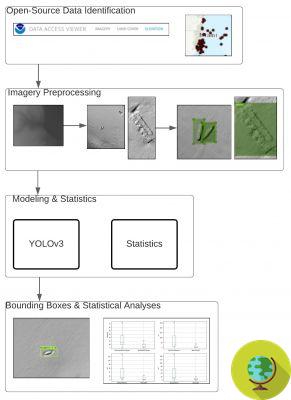
Credits: MDPI
This is the first artificial intelligence model dedicated to archeology built to work autonomously (currently operating only on the US coasts, of which it has acquired informative material). The ambitious goal of the scholars is to make the computer able to recognize not only shipwrecks, but also other types of submerged archaeological finds - including buildings, sculptures and airplanes.
Follow us on Telegram | Instagram | Facebook | TikTok | Youtube
Source: MDPI
We also recommend:
- Disposable ships: a wreck with radioactive waste was found in the sea of Cosenza
- Titanic, the first underwater sightseeing tours start to explore the wreck (but at 150 thousand dollars)




